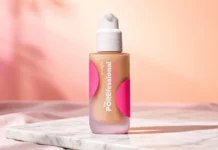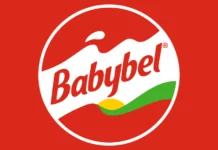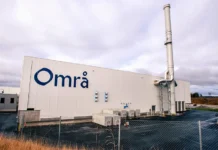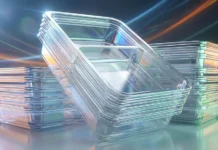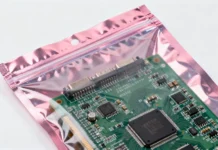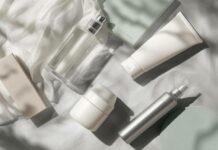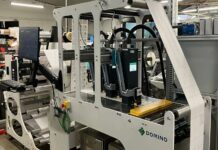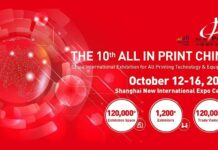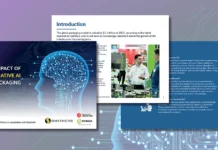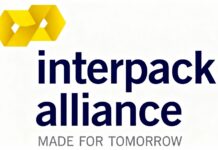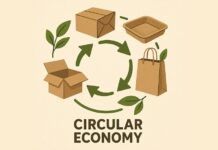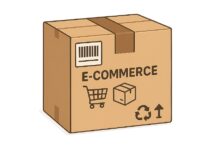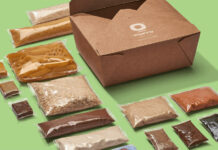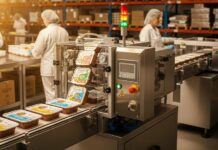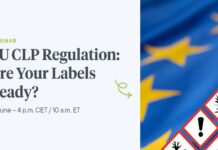The Pharmaceutical Glass Packaging Market has been anticipated to have a valuation of approximately USD 28.27 billion in the year 2023, with an anticipated increase to USD 36.58 billion by the year 2028, reflecting a growth rate of 5.29% during the forecast period from 2023 to 2028.
On August 16, 2023, Reportlinker.com released a report titled “Pharmaceutical Glass Packaging Market Size & Share Analysis – Growth Trends & Forecasts (2023 – 2028),” highlighting the following key points:
Glass packaging solutions are the primary packaging for pharmaceutical products and stand as a top choice among packaging materials in the pharmaceutical industry. This preference is primarily attributed to their sustainability, inertness, impermeability, recyclability, and reusability without compromising quality.
Key Highlights:
The escalating demand for pharmaceutical drugs and advancements in pharmaceutical technology directly drive the need for glass bottles, ampules, and other glass packaging solutions.
With an upsurge in chronic illnesses and the substantial production of COVID-19 vaccine doses, the demand for primary packaging, particularly glass containers, is expected to surge.
Furthermore, the inherent advantages of glass, such as its chemical durability and suitability for various chemical compositions, motivate packaging providers to select glass as the preferred material for pharmaceutical packaging. Additionally, glass vials and ampoules offer enhanced transparency for easy content observation and monitoring.
Historically, pharmaceutical packaging predominantly relied on aluminium and glass materials. However, rising raw material costs and other factors increased expenses, rendering them economically impractical for mass-produced products. This paved the way for the adoption of plastics as an alternative.
The COVID-19 pandemic brought about a sustained growth trajectory due to heightened medication demand. As new drugs and vaccines gain approval and distribution across different countries by pharmaceutical manufacturers, the scope of glass packaging continues to expand.
Pharmaceutical Glass Packaging Market Trends:
Growth of the Pharmaceutical Industry in Emerging Economies Driving Market Expansion:
Emerging markets encompass prosperous nations where investments promise substantial returns despite notable risks. Notable among these are the BRICS nations (Brazil, India, China, Russia, and South Africa) and the MIST nations (Mexico, South Korea, Indonesia, and Turkey), which exhibit varying economic classifications. Another categorization separates these economies into CIVETS (Colombia, Vietnam, Egypt, Indonesia,Turkey, and South Africa) and Bangladesh, Korea, Mexico, Egypt, Indonesia, Iran, Nigeria, Pakistan, the Philippines, Turkey, and Vietnam.
While pharmaceutical sales in developed nations experience gradual growth, emerging markets show consistent expansion trends. Several economic and demographic factors influence these trends, including challenges in established markets due to patent expirations, cost-cutting measures favouring generic substitutes, and strict regulatory controls.
The pharmaceutical glass packaging industry has made substantial inroads in countries like China, where glass packaging for pharmaceuticals is gaining prominence. The healthcare and pharmaceutical sectors in emerging nations are experiencing growth, particularly in response to the COVID-19 pandemic, creating opportunities for domestic glass packaging suppliers.
For instance, in September 2022, SCHOTT Pharma expanded its cartridge production in China, investing millions to enhance pharmaceutical cartridge manufacturing capabilities in China and Hungary significantly.
India’s pharmaceutical sector places a high value on research and development. In 2022, India achieved global recognition as a medical powerhouse by expanding its R&D ecosystem and boosting pharmaceutical exports, offering growth prospects for various domestic glass packaging providers.
Overall, these investments by major players in the pharmaceutical market are poised to drive market expansion during the forecast period, thanks to the growth of the pharmaceutical sector.
Asia Pacific Poised for Significant Growth:
China’s pharmaceutical glass packaging market is expected to experience rapid growth, thanks to China’s robust pharmaceutical industry and its emphasis on the stability and safety of pharmaceutical packaging materials. This has spurred the development of environmentally friendly, degradable, and user-friendly pharmaceutical packaging materials and containers.
India’s pharmaceutical glass packaging sector is also rising due to the increasing use of generic injectable drugs in the healthcare industry. This type of packaging applies to various drug types, including injectable and non-injectable. The key advantage of pharmaceutical glass packaging lies in its high chemical durability, which ensures product reliability.
The demand for glass packaging in India is projected to surge as India plays a significant role in the global pharmaceutical market, supplying 20% of the world’s generic pharmaceuticals and meeting over 60% of global vaccine demand. The Indian pharmaceutical industry holds a global value of USD 42 billion, with a Y-o-Y growth rate of 17.7% in August 2021, up from 13.7% in July 2020. According to India Ratings & Research, the Indian pharmaceutical market is expected to witness a more than 12% increase in revenue in FY22.
Japan’s market growth is driven by increased shipments of glass containers in various end-use sectors. Glass containers are highly favoured for packaging liquid pharmaceuticals, chemicals, and a range of perishable/non-perishable products. Furthermore, the growing preference for eco-friendly packaging solutions positively impacts the adoption of pharmaceutical glass packaging.
The rest of the Asia-Pacific region, including countries such as Indonesia, Australia, Singapore, Thailand, South Korea, and Malaysia, is experiencing growth due to international partnerships, the rise of biosimilars, increased export of finished formulations, and a robust generics market.




